No products available yet
Stay tuned! More products will be shown here as they are added.
|
|
|
|
|
Stay tuned! More products will be shown here as they are added.
DOMAINE DE FONTBONAu
- Côtes du Rhônes -
The estate, located east of Montélimar, sits on the natural border between the southern and northern Rhône wine regions. Since its acquisition in 2008, it has been cultivated organically. The Grenache vines, over 50 years old, are surrounded by scrubland, truffle oaks and pines, creating a unique and preserved ecosystem. This estate was founded by two wine enthusiasts. Jérôme Malet, who has long managed his parents' renowned Sarda-Malet estate, and Frédéric Engerer, manager of the prestigious Château Latour and Château Grillet, bring their global expertise to this wine project.
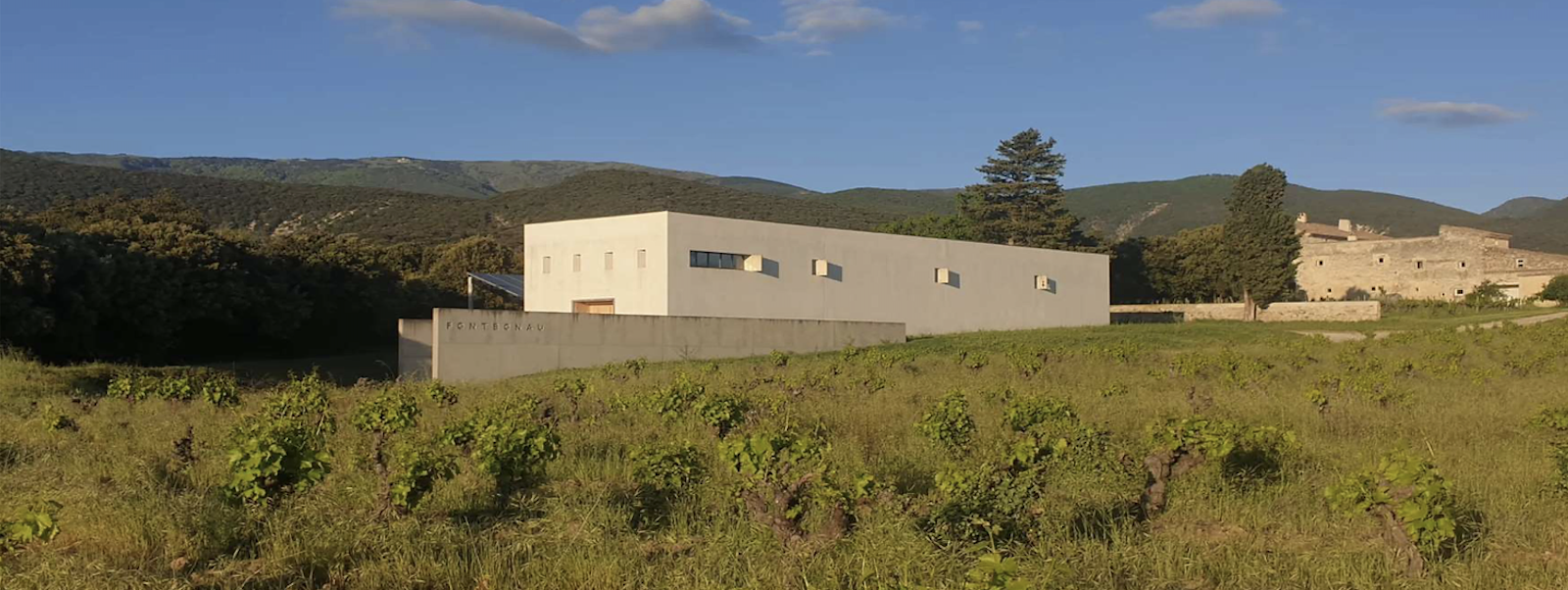

OWNERS : Frédéric Engerer & Jérome Mallet
GENERAL DIRECTOR : Frédéric Engerer
TECHNICAL DIRECTOR : Léo Borsi
CONSULTANT OENOLOGIST : Sophie Mage
APPELLATION : Côtes du Rhône
VINEYARD AREA : 16 hectares (Red: 15/ White : 1)
RED GRAPES VARIETIES : Grenache noir (80%), Syrah (20%)
WHITES GRAPES : Roussane (95%), Viognier
VINEYARD MANAGEMENT : Organic Certified by AB/Eurofeuille in 2010
TYPE OF SOIL : Clay-Limestone
AVERAGE AGE OF THE VINE : 50 years
HARVEST METHOD : Manual
ANNUAL PRODUCTION: 35,000 bottles/year
From young enthusiasts who became entrepreneurs, Jérôme and Frédéric have acquired exceptional know-how and skills allowing them to produce remarkable wines. Jérôme, steeped in the wine culture transmitted by his grandfather and his parents, creators of the famous Sarda-Malet wines, took over the family estate and produced renowned wines such as the Réserve, the Terroir Mailloles, the Abandon, Insouciant and Carbasse, from Côtes du Roussillon appreciated worldwide.
Frédéric, for his part, discovered wine thanks to his grandfather Marius Pons, a merchant in Narbonne. At 26, he opened a wine bar in Paris and founded a club of enthusiastic tasters. Today, he manages the prestigious estates of Château Latour, Domaine d'Eugénie, Château Grillet and Clos de Tart. Its expertise extends beyond French terroirs to the Napa Valley.
Frédéric and Jérôme began their first wine-growing adventure by planting Cabernet Sauvignons on the lands of Sarda-Malet, thus creating a rare vintage in 1994, the local wine from the Catalan coasts called Marius. Fourteen years later, they sealed their friendship and their passion for wine in Fontbonau, discovering an exceptional terroir. They decided to enrich it with mass selections of Grenache, Syrah, Roussanne and Viognier, and built a contemporary cellar to produce their first vintage in 2008. The management of the estate is entrusted to Sophie Mage, a young engineer who there will stay for ten years, before handing over to Bertrand Degat until June 2023.
Since July 2023, Léo Borsi has joined the team with the ambition of further elevating the expression of the Fontbonau terroir. With his international experience in vineyard management, site analysis, vinification and wine development, Léo becomes the new Manager of this mixed farming operation. He applies permaculture techniques as well as organic and biodynamic methods.
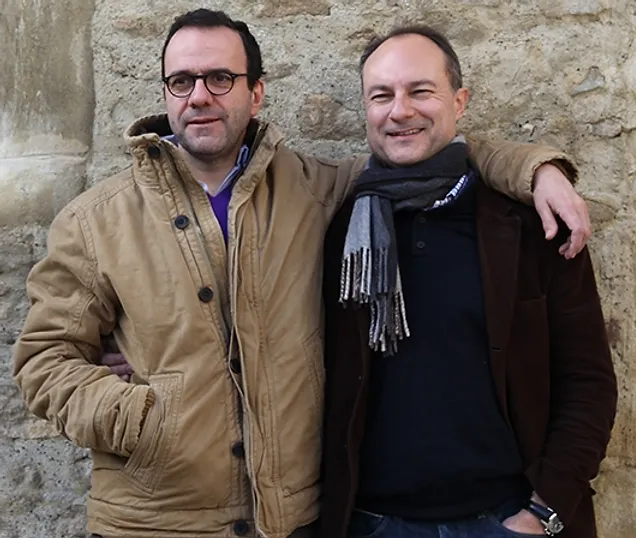
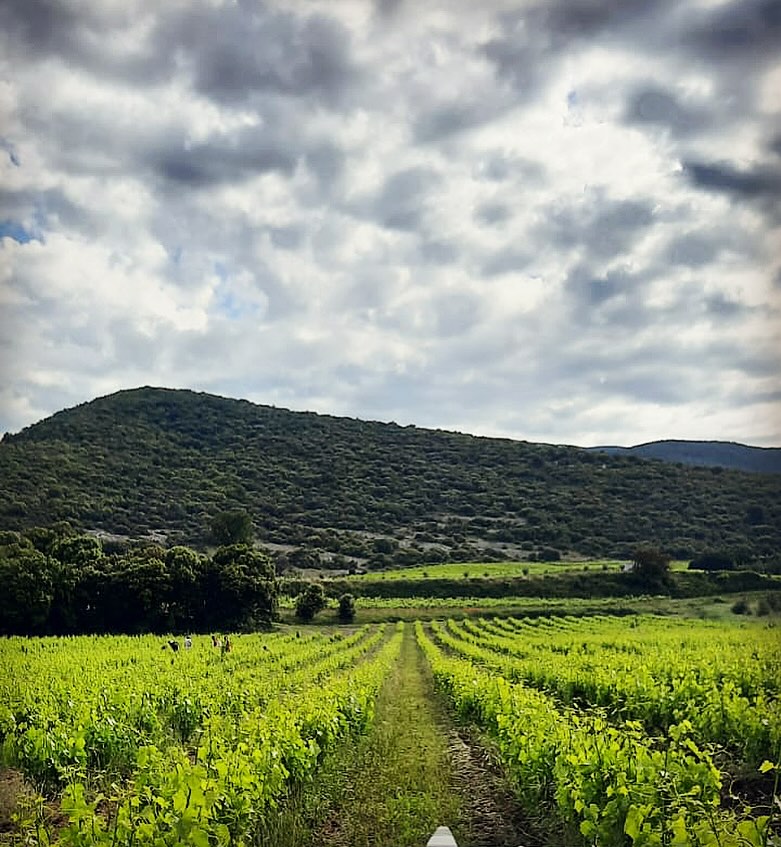
Fontbonau is made up of a mosaic of plots surrounded by small woods and clearings, offering various exposures to the sun and the Mistral, as well as slight variations in altitude and soil. No plot forms a large island, each plot is distinct, and it is therefore natural that they are vinified in separate vats to best express their terroir. In order to maintain a harmonious balance with traditional local crops, olive trees, lavender and truffle oaks have been planted.
The old vines plunge their roots into limestone and sandy-loamy soil enriched with fine clay. Although poor, these soils are intensely colonized by roots, ensuring rapid drainage during rains and a precious water reserve during summer droughts. The subsoil, made up of safre, a friable mollassic sandstone formed of sand and marine sediments from the secondary and tertiary eras, is dotted with fossils which line the paths, testifying to this rich geological history.
Nestled under the crests of the Lance massif, at around 350 meters above sea level, the vineyards benefit from protection against excess heat, which balances the wines. The Mistral, a crucial element of this terroir, often requires the vines to be treated before 6 a.m. He sweeps the plots, dries the soil after the rain, concentrates the berries and keeps the grapes healthy.
FROM THE VINE TO THE CELLAR
The estate was restructured on the basis of soil studies, introducing drainage of the plots and a rebalancing program by planting one hectare of Roussanne and Viognier, followed by Syrah and Cabernet Sauvignons. Meticulous care is taken in the management of the leaf surface to optimize the slow ripening of the grapes, aiming to obtain healthy berries.
Operations such as trimming, sorting and leaf stripping, carried out manually, are adapted to the cycles of the vine. Biological phytosanitary control and mechanical plowing promote the oxygenation of the soil and the development of beneficial fauna and flora, improving the rooting of the vines and their resistance to climatic hazards.
The sheep, present in spring, contribute to the aeration of the soil. Jérôme and Frédéric wish to create a sustainable natural ecosystem, integrating biodiversity at the heart of the estate through the diversification of crops, the crushing of vine shoots, and the presence of sheep, bees and ladybugs.
This meticulous work, combined with a sunny terroir, results in low yields of 25 hectoliters per hectare on average. The production of Fontbonau wines is based on artisanal work, entirely manual, comparable to a real tailor-made work.
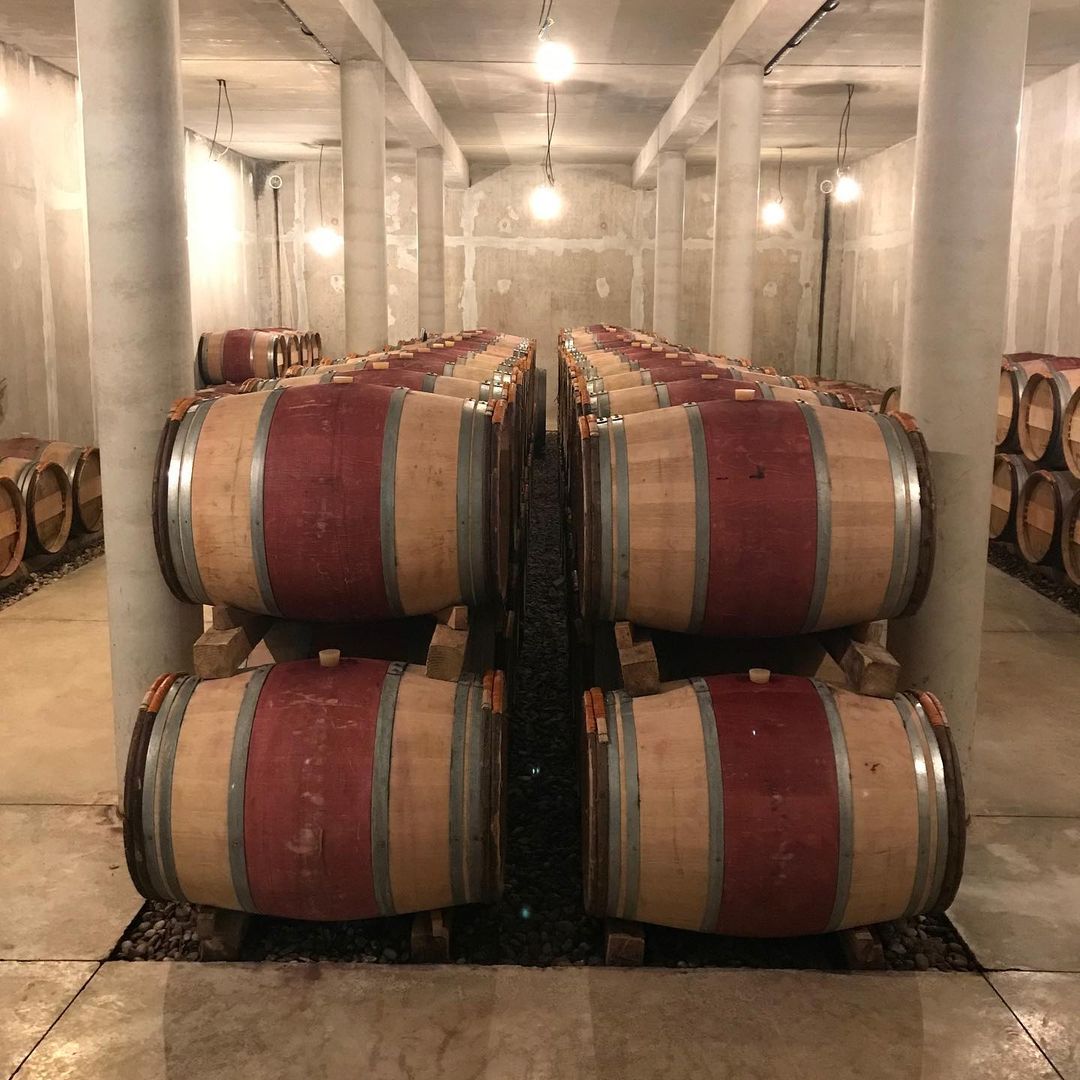
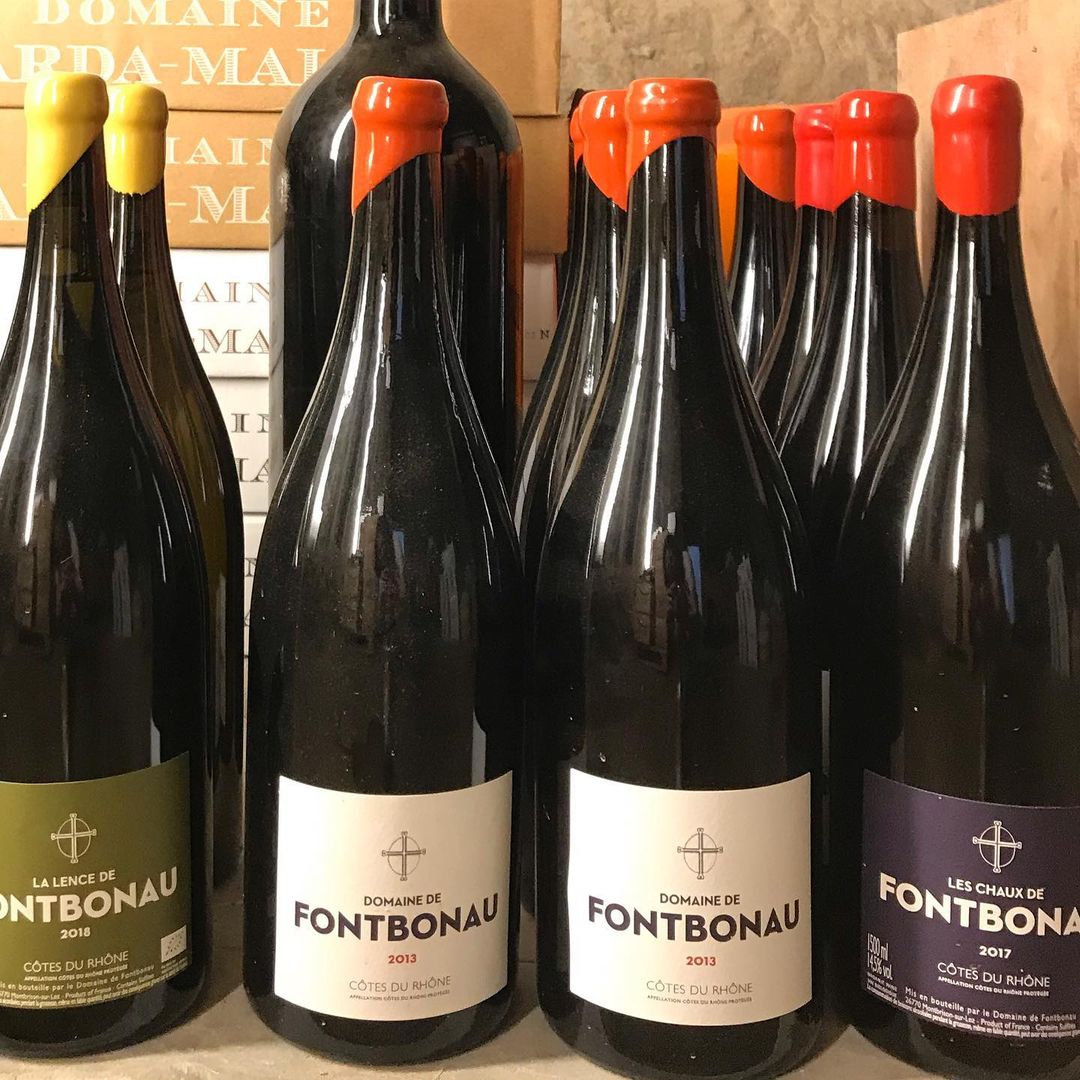
FROM THE CELLAR TO THE BOTTLE
The construction of a cellar was a major challenge of this adventure, aiming to provide the estate with an infrastructure that matches its ambitions. Designed by the Versions agency, the cellar features contemporary and ecologically responsible architecture, with clean lines and autonomous electricity production. The main objective was to allow optimal vinification to preserve the aromas of the grapes. Thus, the vats were sized according to the surface area of the plots, allowing separate vinification for each plot, followed by flow by gravity into separate tuns and barrels.
Fermentation takes place without addition, with indigenous yeasts, without sulfur, producing a natural wine free of the defects often associated with this method.
The objective is to extract a rich material while respecting the harvest, finding the perfect balance between structure, finesse of the tannins, aromatic expression of the grape varieties and freshness of the fruit. Cold pre-fermentation maceration can be carried out to extract color and noble aromas.
During fermentation and maceration, delicate punching down by hand is carried out according to daily tastings. After 12 months of aging in barrels and tuns, the wines are bottled without fining or filtration, thus retaining all their quality and personality.